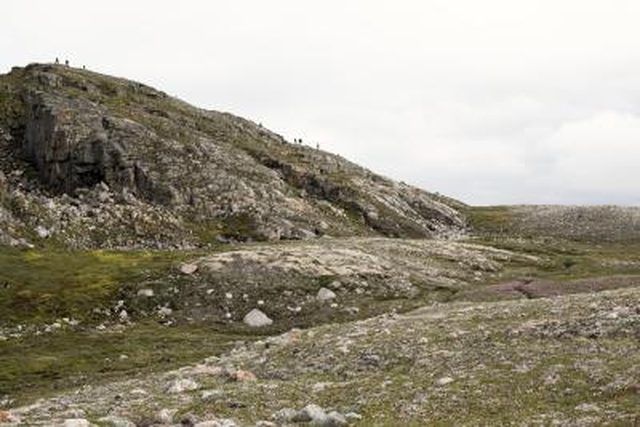Bulbs
Flower Basics
Flower Beds & Specialty Gardens
Flower Garden
Garden Furniture
Garden Gnomes
Garden Seeds
Garden Sheds
Garden Statues
Garden Tools & Supplies
Gardening Basics
Green & Organic
Groundcovers & Vines
Growing Annuals
Growing Basil
Growing Beans
Growing Berries
Growing Blueberries
Growing Cactus
Growing Corn
Growing Cotton
Growing Edibles
Growing Flowers
Growing Garlic
Growing Grapes
Growing Grass
Growing Herbs
Growing Jasmine
Growing Mint
Growing Mushrooms
Orchids
Growing Peanuts
Growing Perennials
Growing Plants
Growing Rosemary
Growing Roses
Growing Strawberries
Growing Sunflowers
Growing Thyme
Growing Tomatoes
Growing Tulips
Growing Vegetables
Herb Basics
Herb Garden
Indoor Growing
Landscaping Basics
Landscaping Patios
Landscaping Plants
Landscaping Shrubs
Landscaping Trees
Landscaping Walks & Pathways
Lawn Basics
Lawn Maintenance
Lawn Mowers
Lawn Ornaments
Lawn Planting
Lawn Tools
Outdoor Growing
Overall Landscape Planning
Pests, Weeds & Problems
Plant Basics
Rock Garden
Rose Garden
Shrubs
Soil
Specialty Gardens
Trees
Vegetable Garden
Yard Maintenance
Soil Conditions of the Tundra
Soil Conditions of the Tundra. There are two types of tundra habitat: arctic and alpine. Most of the tundra is in the Northern Hemisphere and above the tree line in the mountains. The soil in the tundra contains a very thin plant-growing zone.

There are two types of tundra habitat: arctic and alpine. Most of the tundra is in the Northern Hemisphere and above the tree line in the mountains. The soil in the tundra contains a very thin plant-growing zone.
Considerations
The thin layer of topsoil is made up of gravel and finer inorganic materials. Most plants use the nutrients and energy left by dead organic matter from the previous growing season.
Significance
The soil in the tundra is unique because the subsoil zone is permanently frozen. The frozen layer of soil does not allow plant roots to penetrate deep into the ground. The permafrost also does not allow for the penetration of water. The soil above the permafrost layer is soggy during the summer and forms bogs.
Warning
The tundra ecosystem is very sensitive to any type of ground disruption. It is so fragile that it cannot restore itself. Disturbed ground is subject to permafrost thaw, ground collapsing into sink holes and the loss of scarce top soil.